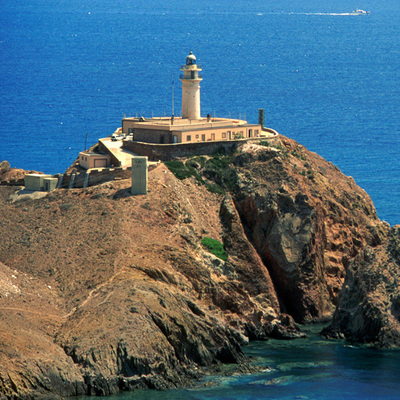Vía de la Plata

Established as a way of communication when drawn up as a Roman road and named during Arab rule as al-Balat, or paved road (from which it seems to take its name, not from the movement of silver), the Vía de la Plata Route dates back to a remote past during the genesis of Andalusia's oldest cultures when commercial traffic intensified between the Punic culture and the Tartesssian world, and it became a necessary tool in obtaining tin from the northwest of the Iberian Peninsula.
Although its historic and artistic heritage bequeathed to us, both along the route itself and in the surrounding area, is more than excellent (cities, theatres, temples, aqueducts, spas, bridges and forts), the landscapes it crosses are no less important. Considering the two variations, Cadiz (Vía Augusta from Cádiz) and Huelva (Camino del Sur de Huelva), the different itineraries begin on the shores of the Atlantic, ploughing through bays (Bay of Cadiz), lagoon and marshland areas of exceptional beauty (Marismas del Odiel), parading through the countryside of Jerez, Seville and Huelva, through the meadow of the great river of the Baetica region to reach mining landscapes (Río Tinto) and the western massif of Sierra Morena (Sierra Norte de Sevilla and Sierra de Aracena) and arrive at the plains of the Guadiana.
As the main route linking Itálica with Emerita Augusta (Mérida) and Astúrica Augusta (Astorga), it was basically built for military purposes and it played a decisive role in the domination and subsequent Romanisation of the indigenous peoples. Over time, this route channelled the urban and commercial development of the entire western area of the peninsula from the 2nd century BC to well into the 19th century.
Although it never stopped being used, whether for commercial purposes or by nomadic Merino sheep (Cañada Real de la Plata or La Vizana), it was used mainly during the Medieval Age as the main route of pilgrimage to Santiago de Compostela from the south.
The Vía de la Plata coincides with the Gran Recorrido GR-100 Hiking Trail. The stages that pass through Andalusia are not yet signposted or authorised by the Andalusian Mountaineering Federation.
















